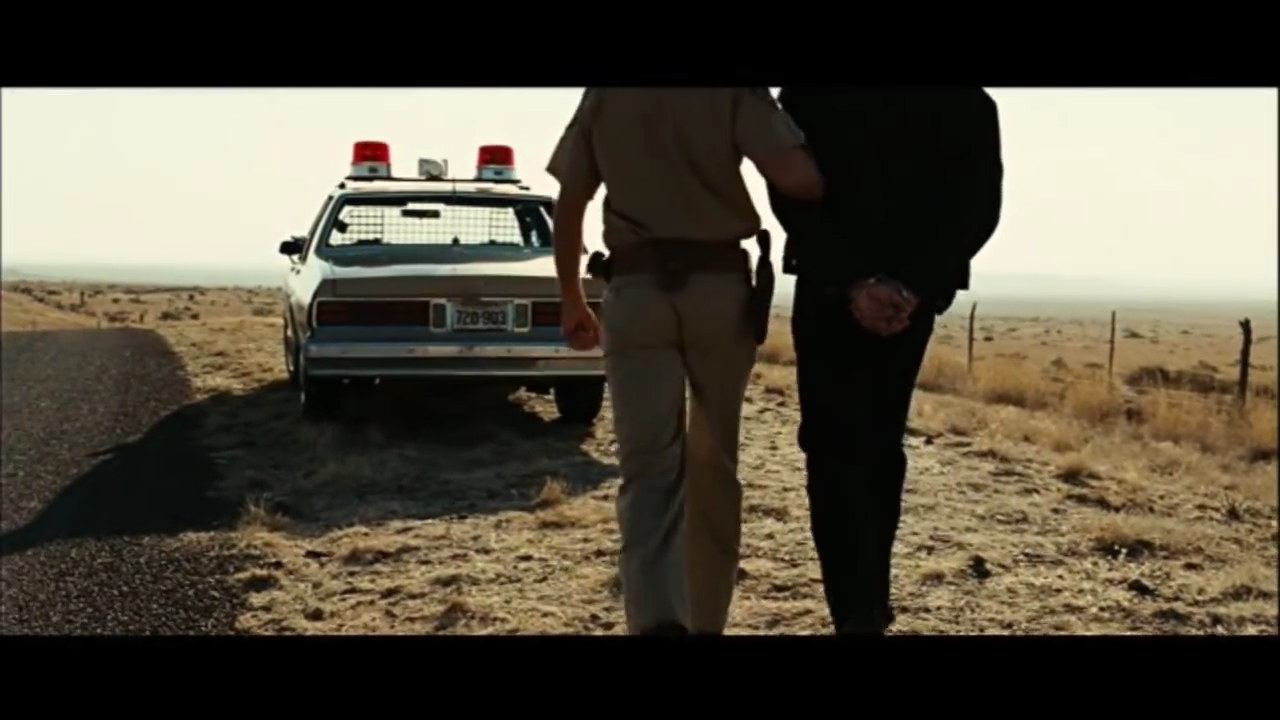Color: The Mood of Film (Part III)
The film 'Blue is the Warmest Color,' although controversial, brilliantly uses an unexpected color association by signifying love with the color blue. We see the relationship arc of Adèle and Emma reinforced by the gradual desaturation of the blues showing the brilliance of first love and the muted bleakness of its end.
In Part I of our COLOR series, we identified the intuitive and intentional aspects of utilizing color in film while establishing a general sense of context to the history. In Part II, we presented a more in-depth exploration of the HOW and WHY of utilizing color theory in film. In Part III, we'll dig deeper into color relationships and how technology (history) and precedent (genre) have influenced our understanding of these relationships. As we will discover, both history and genre influence our understanding of mood and era, to the extent that in the digital age we often see implementation of filters and color choices that serve to signal a particular film stock of a bygone era. In a sense, color choices are used self-referentially (in terms of alluding to a particular time period) as much as they are used to evoke emotion.
The film 'The Adventures of Robin Hood' was an early example of Technicolor. Expensive and complicated, it was quickly surpassed in usage by Eastmancolor. However, Technicolor's process retains color better, and most films of this era we see today have been reprinted on Technicolor.
Color History: From Toning to Technicolor
In Part I of our COLOR series we discussed tinting and toning from earlier film eras. While those processes were uniquely effective, the technology limited the filmmaker's ability to truly utilize the impact of full color. The first natural color motion picture system, developed by Edward Raymond Turner in 1899, utilized a process where a rotating disc of three color filters photographed color separations on a roll of black and white film. The resulting images were then projected through corresponding rotating filters. The first successful commercial implementation of this idea was Kinemacolor, but due to the nature of the process, color bombardment and fringing, the search continued for a simultaneous (rather than rapid alteration) process for recording and projecting multiple colors. Although Chronochrome was apparently quite good, its complicated process made mass implementation near-impossible. It wasn't until the breakthrough of Technicolor that color in motion pictures became the standard. While many other film stocks were eventually developed and utilized, Technicolor was responsible for the color revolution. Consider this: In 1947, only 12 percent of American films were made in color. By 1954, that number had risen to over 50 percent.*
1954's 'Rear Window' - Shot on Technicolor, the film is iconic in its imagery and a favorite for filmmakers and photographers alike.
Color History: From Stock to Digital
Once color became the standard, a number of film stock varieties emerged in a short amount of time. These options presented filmmakers with a starting point for the way they wanted to utilize color to communicate mood in their films. While we see this intentionality in terms of creating mood, there is also the aspect of seeing how specific film stocks became associated with specific looks in cinema. An interesting resource, ShotOnWhat shows some of the most utilized film stocks, and the corresponding films shot on them. What do 'Cold Mountain' and 'The Force Awakens' have in common? They're both printed on Kodak Vision Premier Color 2393.
The film 'Slumdog Millionaire' used both film and digital cameras, and utilized five different film stocks to convey the disparity of place within the narrative. Its reception and multiple awards were seen as an advance in the prospect of utilizing digital for major motion pictures.
The beginning of the digital sensor era brought with it another variety of tones and color representation that are now seen as indicative of their time. Now, even beyond choosing the appropriate stock/sensor for a desired look, color choices are being made in post-processing workflows (not that filmmakers of the past didn't play with cross-processing and the like) that can incorporate specific looks and even HDR. As digital processing has become more and more versatile we now see almost limitless possibilities; from recreating the look of a faded postcard to reinforce a bygone era, to reinforcing mood with color grading/correction.
“I think technology has advanced so far now that there are some cameras on the market that give film a run for its money. It’s all about flexibility in capturing images, and digital or film, it doesn’t matter to me.”
The film 'Volver' uses color to reinforce place and emotion. The ever present RED symbolizes many different things through the narrative, and the choice to present such a highly saturated red within what could be a morose narrative serves to distinguish the characters. (Shot on Kodak Vision2 500T 5218/7218 Neg. Film).
Color Precedent: The Look of a Genre
Would it surprise you to learn that 'Bridget Jones Diary,' 'Meet the Parents,' and 'My Big Fat Greek Wedding' were all shot on the same (Fujifilm F-CP 3519) stock? It shouldn't. While the modern era of digital color processing has allowed for much more latitude in terms of sensor characteristic in relation to overall look, the look of a genre is as much about reinforcing an overall mood as it is about referring to an established context/expectation. An opening scene can create an expectation on the part of the viewer as to the genre of film they are about to see. Consider the opening scene of 'No Country for Old Men' - after the brief, understated title, we hear Tommy Lee Jones say "I was sheriff of this county when I was 25 years old... hard to believe" as a dawn scene of a desert plateau is shown in the sprawling landscape visual we associate with a western. As the dawn breaks, we begin to see the specific color palette of the film and how the filmmakers utilize saturation and color shifting to reinforce the nature of the environment, and we wonder what era this film resides in. It isn't until the deputy is walking Anton to a police cruiser that we can position the narrative specifically within a time. However, the genre has already been established. This positioning helps us to understand the narrative in a particular way.
Looking Ahead
We've spent some time discussing color in film in terms of era, mood and technology. As we move forward with our exploration of COLOR, we'll be providing a few tutorials on how you can achieve some of these looks yourself, some unique ways to implement color planning in your pre-production workflow, some specific tips and tools you can use to ensure you are capturing the look you want in production, and finally a video to sum it all up. As we continue through this journey of color in film, what are the aspects of color that have become apparent to you? What commonalities have you found in the films you love in terms of color? How have your favorite directors utilized color in their different films? We hope this series has been informative and entertaining, as color is one of the most apparent yet subtle characteristics of the cinema experience.






